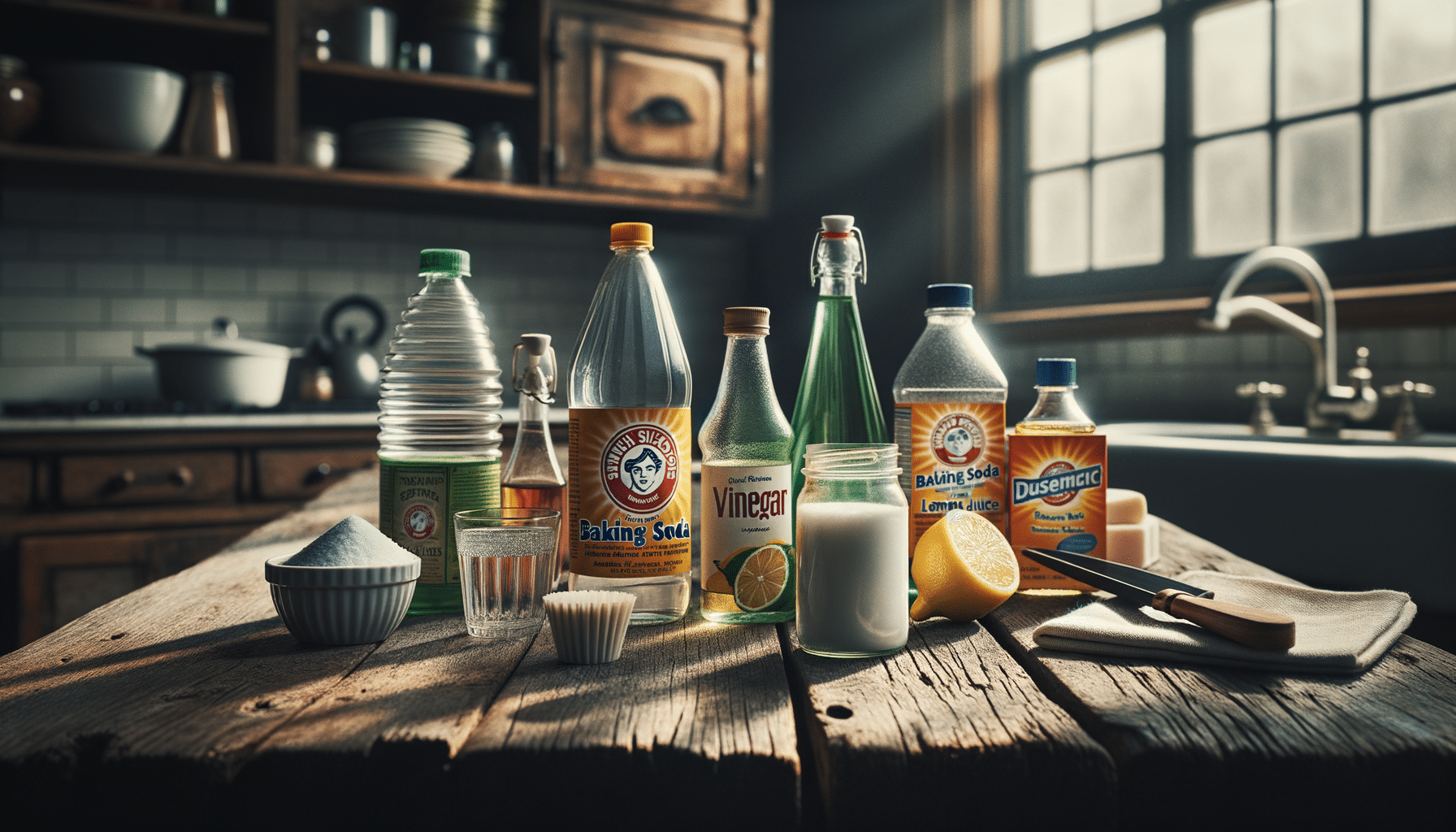
Mastering the Art of Stain Removal: Techniques and Tips
Introduction to Stain Removal
Stains are an inevitable part of life, whether they occur on clothing, carpets, or furniture. Understanding how to effectively remove stains is crucial for maintaining the appearance and longevity of your belongings. Stain removal is not just about aesthetics; it is also about preserving the integrity of the material. Different stains require different approaches, and using the wrong method can sometimes worsen the situation. This article delves into the science and art of stain removal, providing you with the knowledge and techniques to tackle stains with confidence.
Understanding Common Stains and Their Characteristics
Stains can be broadly categorized based on their origin: organic, inorganic, or synthetic. Organic stains, such as those from food, beverages, and bodily fluids, are generally water-based and can often be treated with simple household solutions. Inorganic stains, like rust or mineral deposits, require more specialized treatments due to their chemical nature. Synthetic stains, originating from artificial dyes and chemicals, often pose the greatest challenge due to their stubbornness.
Recognizing the type of stain is the first step in effective stain removal. For instance, a coffee stain, which is organic, can usually be remedied with a mixture of water and vinegar. On the other hand, a rust stain might require a commercial rust remover. Knowing the characteristics of each stain type helps in selecting the appropriate cleaning method, ensuring that the material is not damaged in the process.
Effective Techniques for Stain Removal
To tackle stains effectively, it’s essential to act quickly and use the right tools. Here are some general techniques for different types of stains:
- Blot, Don’t Rub: Rubbing a stain can cause it to spread and penetrate deeper into the fabric. Blotting, on the other hand, absorbs the stain without spreading it.
- Cold Water Rinse: For protein-based stains like blood or dairy, rinsing with cold water can prevent the stain from setting.
- Pre-Treatment Solutions: Applying a pre-treatment solution to the stained area before washing can help break down tough stains, making them easier to remove in the wash.
- Test Cleaning Solutions: Always test a cleaning solution on a small, inconspicuous area first to ensure it does not damage or discolor the fabric.
Each stain type might require specific solutions or commercial cleaners, but these general principles provide a solid foundation for effective stain removal.
The Role of Household Items in Stain Removal
Many effective stain removers can be found right in your pantry. Common household items such as baking soda, vinegar, and lemon juice can work wonders on various stains.
Baking Soda: Known for its mild abrasive properties, baking soda can be used to tackle greasy stains. Create a paste with water and apply it to the stain, allowing it to sit before washing.
Vinegar: Vinegar’s acidic nature makes it an excellent stain remover for coffee or tea stains. It can also neutralize odors, making it a versatile household cleaner.
Lemon Juice: The natural bleaching properties of lemon juice make it effective on light-colored fabrics. It’s particularly useful for removing rust stains when combined with salt.
These items not only provide a cost-effective solution but also reduce reliance on chemical cleaners, promoting a more eco-friendly approach to stain removal.
Conclusion: A Strategic Approach to Stain Removal
Mastering stain removal requires a strategic approach, combining knowledge of the stain type with appropriate cleaning techniques. By understanding the nature of stains and utilizing both commercial and household solutions, you can effectively remove stains and prolong the life of your belongings. Quick action, the right tools, and a little patience are key to successful stain removal. Whether dealing with a stubborn wine stain or a simple dirt mark, the principles outlined in this article will equip you with the skills needed to tackle any stain with confidence.


